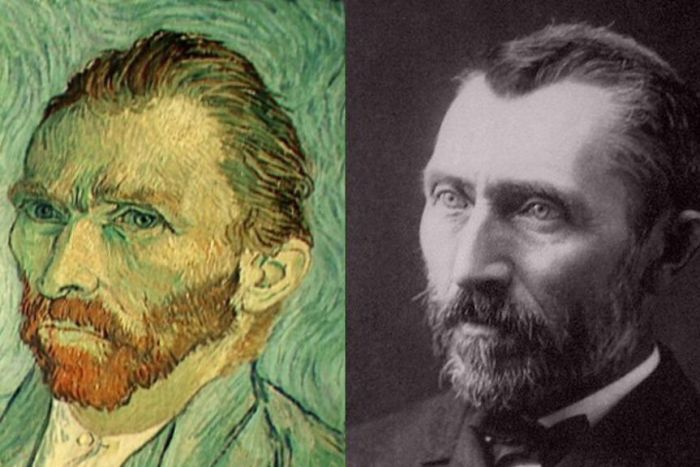On March 15, 1901, 71 paintings by Vincent van Gogh paintings are shown causing a sensation across the art world.
The following written content via History

On March 15, 1901, paintings by the late Dutch painter Vincent van Gogh are shown at the Bernheim-Jeune gallery in Paris. The 71 paintings, which captured their subjects in bold brushstrokes and expressive colors, caused a sensation across the art world.
Eleven years before, while living in Auvers-sur-Oise outside Paris, van Gogh had died by suicide without any notion that his work was destined to win acclaim beyond his wildest dreams. In his lifetime, he had sold only one painting. One of his paintings–the Yasuda Sunflowers—sold for just under $40 million at a Christie’s auction in 1987.
Born in Zundert in the Netherlands in 1853, van Gogh worked as a salesman in an art gallery, a language teacher, a bookseller, and an evangelist among Belgium miners before settling on his true vocation as an artist. What is known as the “productive decade” began in 1880, and for the first few years he confined himself almost entirely to drawings and watercolors while acquiring technical proficiency. He studied drawing at the Brussels Academy and in 1881 went to the Netherlands to work from nature. The most famous work from the Dutch period was the dark and earthy The Potato Eaters (1885), which showed the influence of Jean-Francois Millet, a French painter famous for his peasant subjects.
In 1886, van Gogh went to live with his brother, Theo, in Paris. There, van Gogh met the foremost French painters of the postimpressionist period, including Henri de Toulouse-Lautrec, Paul Gauguin, Camille Pissarro, and Georges Seurat.





